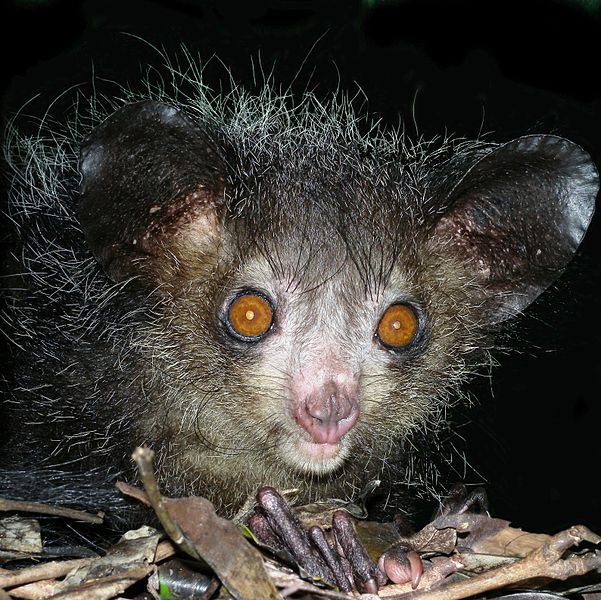Just in time for Halloween, the spookiest primate tricks the world with a hidden thumb
The aye-aye has been hiding a secret all this time: a sixth pseudodigit
By nomis-simon
Ed: All this week Massive is marking Halloween with stories of scary, witchy, and downright ghastly stories from nature.
The aye-aye (Daubentonia madagascariensis) is an incredibly specialized primate. For one thing, it's the only living representative of its family of lemurs. It also has rodent-like ever-growing incisors and bat-like ears that it uses in combination with an extra-long third digit to tap on trees, listen for the grubs inside, and then extract them with that spindly finger.
And these features make it look pretty creepy. So creepy, in fact, that seeing it is traditionally considered a bad omen or a direct cause of bad luck in its native country, Madagascar.
Given the aye-aye's specialized hand anatomy, it seems like anthropologists would have already investigated that structure pretty thoroughly. But it turns out the aye-aye's hand has been hiding a secret - a sixth pseudodigit!

Frank Vassen on Flickr
In a new study published in the American Journal of Physical Anthropology, a group of researchers investigated the hand anatomy in one immature and six adult aye-ayes using traditional dissection digital imaging techniques. Like the famous "thumb" of the giant panda, the aye-aye also has a radial sesamoid bone in its wrist that seems to help it compensate for the grasping ability the aye-aye lost when its third digit became specialized for probing out insect larva. Sesamoid bones form within tendons, typically where they cross joints, and the aye-aye's is both enlarged and has muscles attached to it to help it function like a faux-thumb.
This is the first accessory digit found in a primate. By understanding how these different structures integrate in the aye-aye's hand, we may gain further insights into the evolutionary history of the pseudothumb - and the fascinating and endangered aye-aye species.